Women Who Revolutionized Cancer Care
Mar 24, 2023
Share
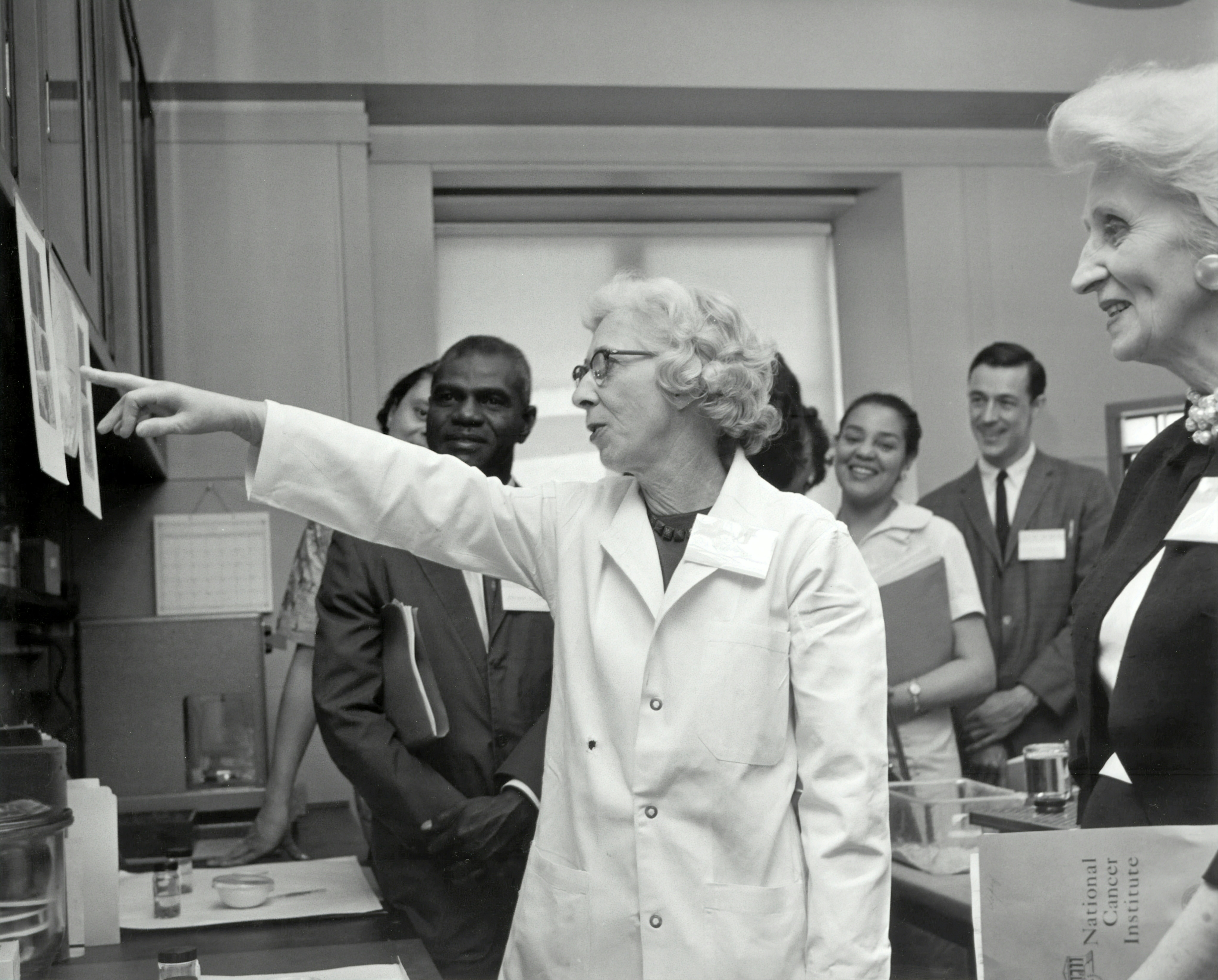
During Women’s History Month this March, we honor women in the oncology field who have made groundbreaking contributions to the advancement of cancer treatments, research, and care.
In a historically male-dominated field, women in oncology and research have been trailblazing anticancer discoveries for decades. According to a recent survey by the American Society of Clinical Oncology Journal, women make up only 35.8% of the oncology workforce. However, despite this underrepresentation, women’s impact on cancer care will forever be an invaluable part of cancer survivorship today.
5 Women Who Have Made an Impact on Cancer Care
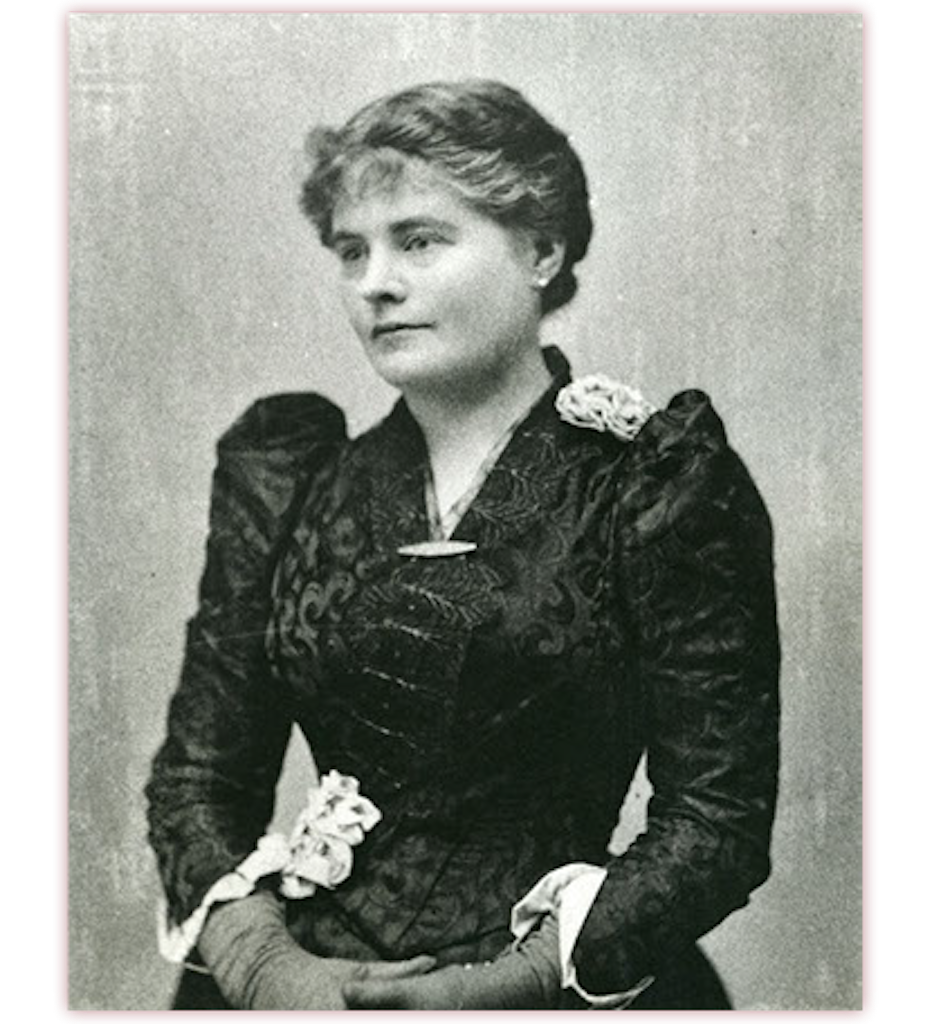
#1 Rose Hawthorne Lathrop
Rose Hawthorne Lathrop was the daughter of American author Nathaniel Hawthorne. In 1896, at the age of 45, she began her nursing education at what is now Memorial Sloan Kettering Hospital, the first US hospital to offer training in cancer care. After completing her nursing education, Hawthorne became one of the first oncology nurses and a trailblazer in terminal cancer care. She dedicated the second half of her career to helping cancer patients in poverty, as cancer was a misunderstood and stigmatized disease in the 19th century that some believed was contagious and due to poor hygiene.1,2,3

#2 Jane Cooke Wright, MD
Jane Cooke Wright was a surgeon and cancer researcher who pioneered research in clinical chemotherapy agents for cancer treatment. Together with her father, Louis Wright, who founded the Cancer Research Center at Harlem Hospital, they began experimenting with chemical agents on mice with leukemia. Wright and her father began treating patients with their anticancer agents and found many experienced some form of remission. Wright continued to research chemotherapeutic agents for cancer treatment throughout her career and developed several techniques for chemotherapy administration. She also received the recognition of being the highest-ranked Black woman at an American medical institution and was appointed as a professor of surgery, head of the chemotherapy department, and associate dean at New York Medical College in 1967. Wright was also the first woman elected president of the New York Cancer Society. 1,4
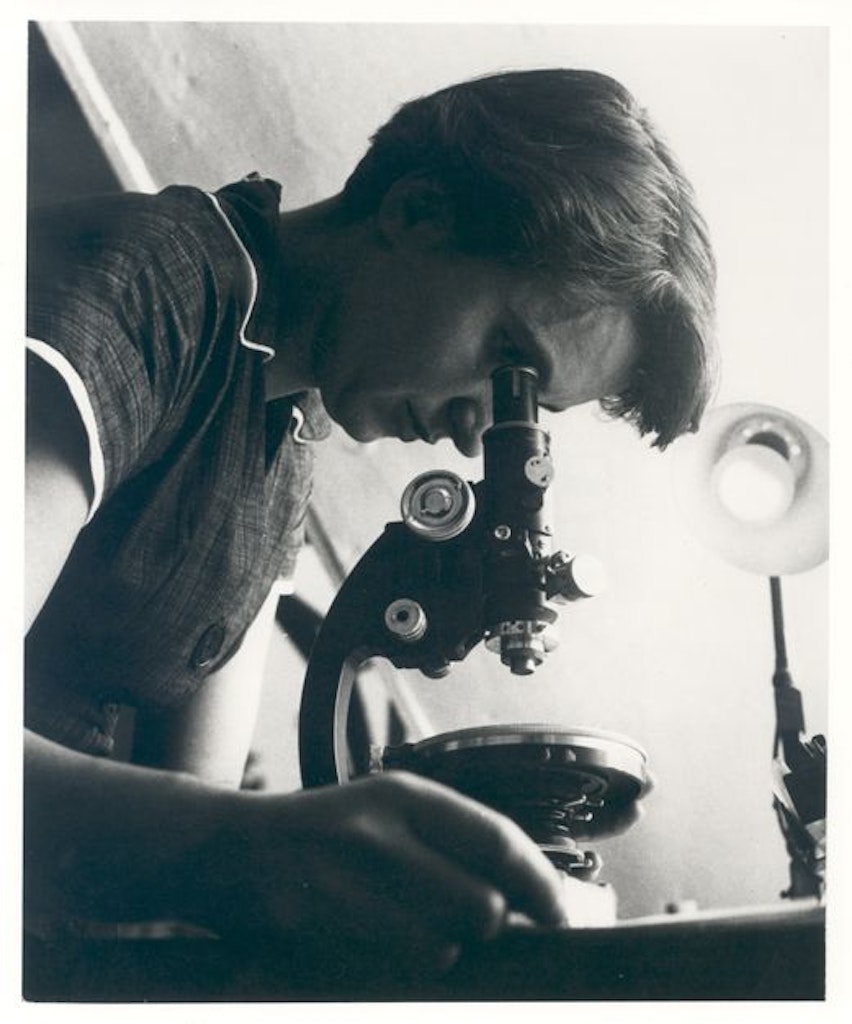
#3 Rosalind Franklin
Rosalind Franklin was a chemist from the UK whose discoveries greatly influenced the scientific community’s understanding of DNA and RNA. In the 1950s, Franklin was working in a lab with x-ray diffraction images of large biological molecules, which led to the discovery of the DNA double helix via a photo taken by her graduate student, Raymond Gosling. In 1962, the Nobel prize was awarded to James Watson and Maurice Wilkins for this discovery. Part of her work in x-ray diffraction led to her brilliant discovery of a humidity-controlled camera chamber, which allowed the x-ray to produce clearer images. Cancer research today relies heavily on pinpointing the genetic origins of cancer using DNA and RNA, which would not have been possible without Franklin’s discovery in the 1950s. 1,5,6
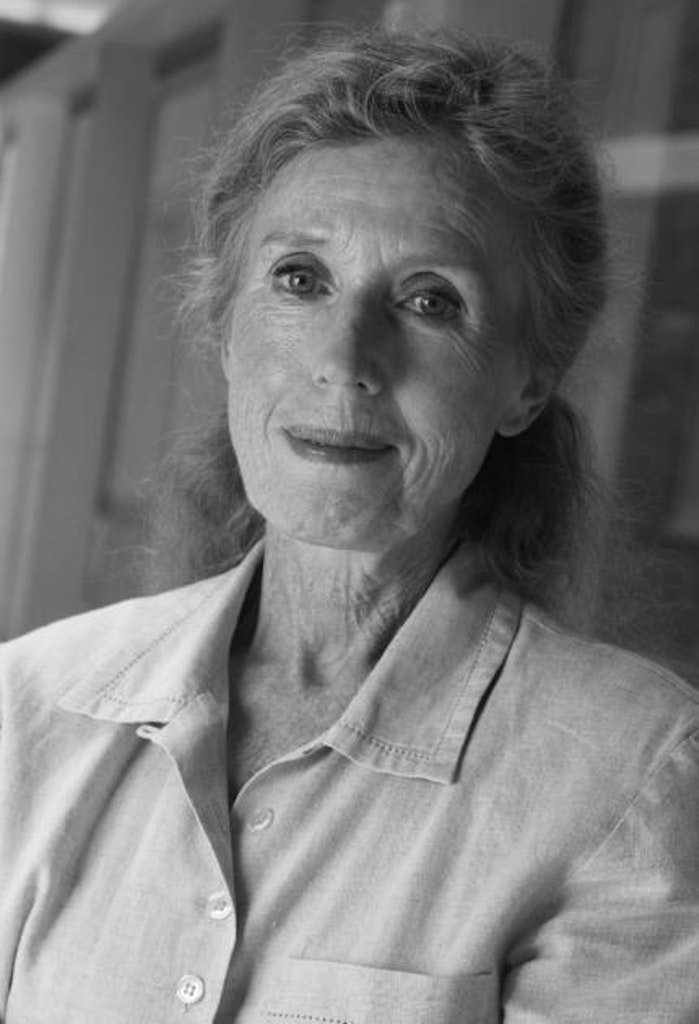
#4 Angela H. Brodie, Ph.D., FAACR
Angela H. Brodie was a scientist whose research led to the discovery of therapies used to treat breast cancer. Brodie was a distinguished professor at the University of Maryland School of Medicine and was a key player in the development of the first selective aromatase inhibitor, which can prevent the growth and spread of breast cancer. While her discovery was initially met with some skepticism, this breakthrough is considered one of the most influential and important discoveries in treating estrogen-driven breast cancers.7
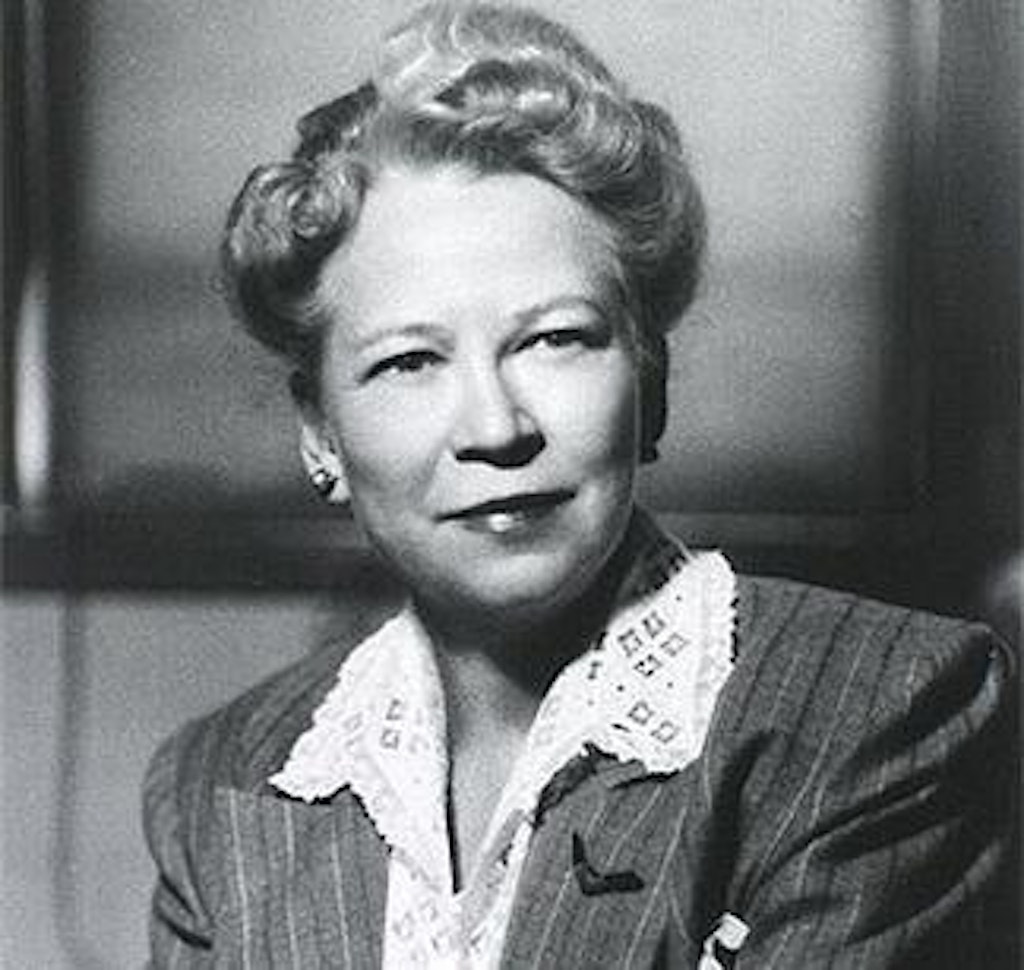
#5 Edith H. Quimby, ScD
Edith H. Quimby was a physicist who pioneered the use of therapeutic x-rays and radium. She focused mainly on the effects of radiation and how to adjust the dosage to produce the fewest side effects for patients. In the radiology field, she is known for her “Quimby Rules”, a set of guidelines used by radiation oncologists to determine the specific placement of radium needles during cancer treatments. Quimby received numerous honors and awards throughout her life and co-authored the first physics textbook for radiologists: “Physical Foundations of Radiology”.8

BONUS #6 Mary-Claire King, Ph.D.
Mary-Claire King is a geneticist and a professor at the University of Washington, Seattle. King is best known for her discovery of the BRCA1 gene mutation or the “breast cancer gene” that linked some breast cancer with genetics. This discovery revolutionized cancer care by allowing those with the BRCA1 genetic mutation to get screened earlier and more often to detect cancer prior to advanced-stage development. In 2016, King was awarded the National Medal of Science for her work with the BRCA1 gene and her humanitarian efforts in which she used PCR gene sequencing to help identify and reunite more than 100 Argentinian children with their biological families. King also contributed to new discoveries in forensics by harvesting mitochondrial DNA from teeth to identify the remains of soldiers from the Vietnam War, Korean War, and WWII.9,10
OncoPower is a proud female-founded company that celebrates amplifying women’s voices in the medical field and beyond. Join our community of patients and professionals today and access information on nutrition, mindfulness, managing side effects, and view Q&A sessions with oncology experts.
Sources:
- https://www.cancersupportcommunity.org/blog/5-women-who-helped-shape-cancer-care
- https://voice.ons.org/news-and-views/celebrate-pioneers-across-oncology-this-womens-history-month
- https://www.workingnurse.com/articles/rose-hawthorne-lathrop-1851-1926/
- https://www.aacr.org/professionals/membership/aacr-academy/fellows/jane-cooke-wright-md/
- https://www.wikiwand.com/en/Rosalind_Franklin
- https://profiles.nlm.nih.gov/spotlight/kr/feature/biographical
- https://www.aacr.org/professionals/membership/aacr-academy/fellows/angela-h-brodie-phd/
- https://www.miragenews.com/womens-history-month-women-at-cuimc-who-made-735663
- https://www.jax.org/news-and-insights/jax-blog/2017/february/mary-claire-king
- https://www.bcrf.org/researchers/mary-claire-king
Trusted by cancer patients around the world.
Joan-Smith
Virginia, United States
ChuckHastings
Florida, United States
DebraPearl
Pennsylvania, United States
Jennweeks
Iowa , United States
PatrickDW
Western Cape, South Africa
Jamie-Alexander
Floroda United States
CJ
Liz
Florida, United States
NYCynthia
New York, United States
Ferdi
California, United States